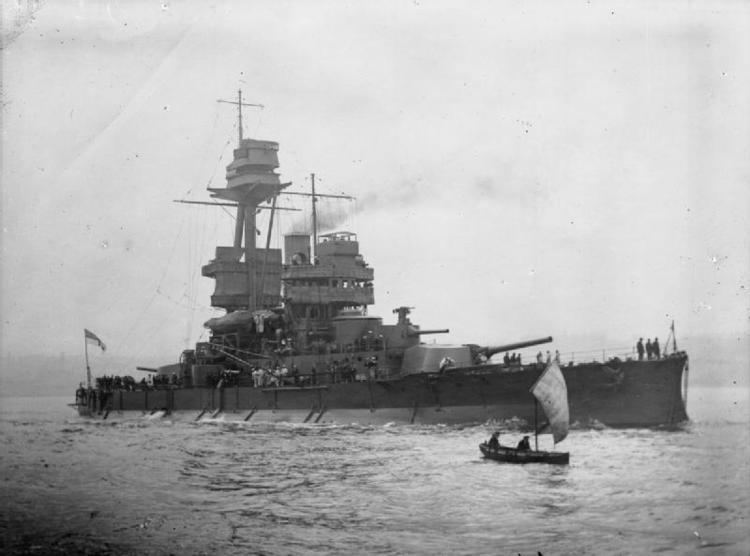The Bjørgvin class coastal battleships were ordered by Norway in 1912 to supplement the older Eidsvold and Tordenskjold-class coastal defence ships. The two ships laid down were compulsorily purchased by the Royal Navy when World War I broke out, and classified as monitors. The British government paid Norway £370,000 as compensation for each ship.
Bjørgvin (1912) - Compulsorily purchased by the British Navy and renamed HMS Glatton, blew up in September 1918.Nidaros (1912) - Compulsorily purchased by the British Navy and renamed HMS Gorgon.The Bjørgvin class would be significantly more heavily armed than the previous Eidsvold class:
Two 24 cm/50 guns, which in British service were relined to use standard British ammunition and became 9.2"/51. These were considered among the longest-ranged guns in the world in 1918. As designed, they would have fired a 190 kg (419 lb) projectile with a muzzle velocity of 884 m/s (2,900 ft/s), capable of penetrating 22.2 cm (8.75 in) of face-hardened armour at a range of 7,000 m (7,650 yards).Four 15 cm/50 in single turrets - one aft, one fore, two midships (one on either side). In British service they were relined to take standard 6 inch (15 cm) ammunition.Six 10 cm (3.94 in) guns.Two submerged torpedo tubes.In addition to the heavier armament, the two ships of the Bjørgvin class were also significantly better armoured, with her armour better distributed:
7 inch (17.78 cm) thick armour in the belt8 inch (20.32 cm) thick armour on the turrets8 inch (20.32 cm) thick armour in the barbettes2.5 inch (6.35 cm) thick armoured deck8 inch (20.32 cm) thick armour on the conning tower4 inch (10,16 cm) thick armoured bulkheads 
